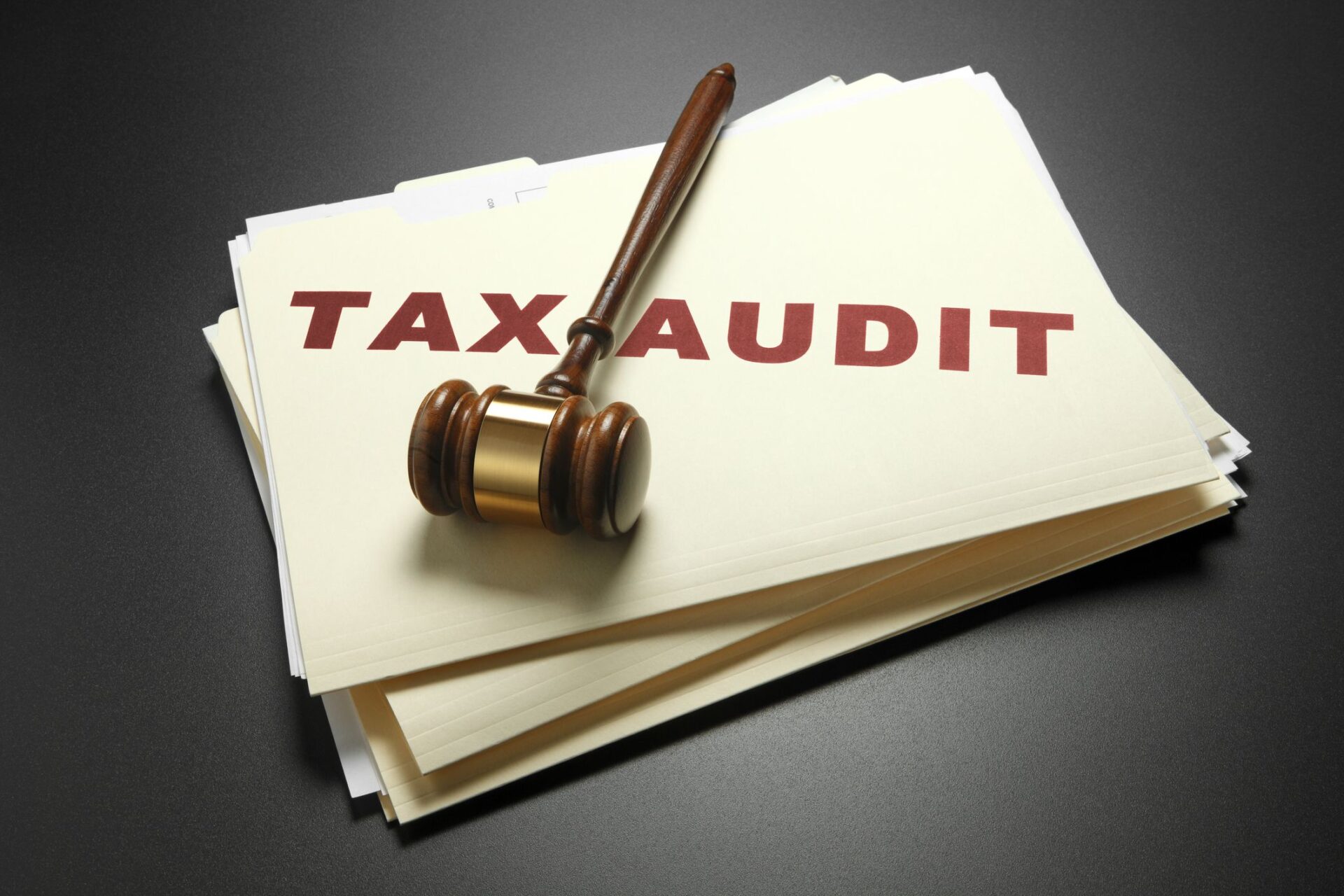
100+ Years of Combined Tax Resolution Experience.
100+ Years of Combined Tax Resolution Experience.
Tax season is here and your 2017 return is the last time (until 2026) to take advantage of certain deductions. If you missed the previous post on personal exemptions and the new tax law, you can find it here. Another thing that will be changing is the deductions you will be allowed to take each year. Below are just two examples of the recent changes you might see on your 2018 return.
State and Local Tax Deductions
Previous rules allowed filers to deduct the full amount of either: (1) their state income taxes or (2) their state and local taxes as well as (3) property taxes.
Under the new bill, all three are lumped together and the deduction is capped at $10,000.
For borrowers in areas with high taxes, not being able to fully write off these deductions could result in a higher tax bill.
For mortgages originated before December 15, 2017, filers can deduct interest paid on home loan balances of up to $1 million. This $1 million cap applied to the mortgage on a primary residence plus one additional home.
For mortgages originating after December 15, 2017, this cap drops to $750,000. However, beginning in 2026, the cap will revert to $1 million, no matter when the debt was incurred.
Additionally, under former rules, interest on home equity loans or lines of credit was tax-deductible. However, this deduction will no longer apply starting in 2018. This could make home equity loans a less attractive way to borrow for home improvement, college, debt consolidation or other purposes. This is not a permanent change – the home equity deduction will return in 2026.
If you are still struggling with how the new tax bill will affect you, Polston Tax can help you understand the changes and how best to use the new rules to benefit you. Call us today at 844-841-9857 or click here to schedule a free consultation.
Additional Readings

We’re in an era in which more small businesses are launching like wildfire. Many people find starting a small business of their own as easy as a piece of cake. However, most of the time, what they fail to prioritize are some of the major players involved in smoothly operating their small business. A...

Do you know why most married taxpayers go for filing joint tax returns? It’s actually because of the benefits that it offers. But with joint tax returns, both the filers hold the responsibility for the tax bill or any penalties and interest that arise from it. Both are legally responsible for the entire liability, even...

What if you owe so much in taxes that you can’t see your way out of it? If you owe back taxes, you might not think there is a way you can ever pay things off. And the more those back taxes have accumulated, the deeper the hole. But that doesn’t mean you can’t dig...

Tax Audits are one of the most terrifying things a taxpayer can endure. Most taxpayers don’t know what being audited by the IRS entails and usually don’t know what to do if they are audited. IRS audits can be confusing to most taxpayers as most don’t know what the IRS is looking for when they...

Receiving a letter from the IRS can be intimidating, especially if you’re unsure what the notice is for or what to do next. Fortunately, many notices are nothing to worry about and are purely informative. Below, we look at everything you need to do — and what not to do — after getting a notice from the...

The Internal Revenue Service (IRS) is increasing audits on cannabis businesses — the agency is on a mission to ensure that cannabis businesses adhere to the tax code. Unfortunately, cannabis companies must comply with more strict tax laws than other businesses and can claim fewer deductions. Most business owners don’t realize this or aren’t able to meet the reporting responsibilities on their own. If you own a business in...
